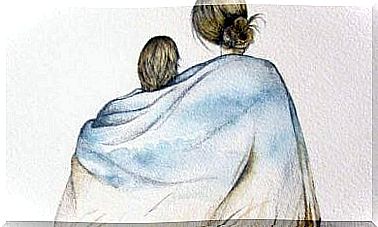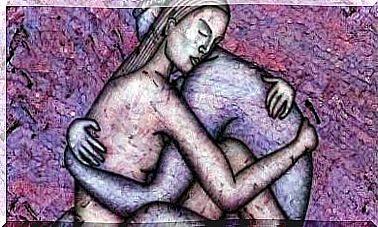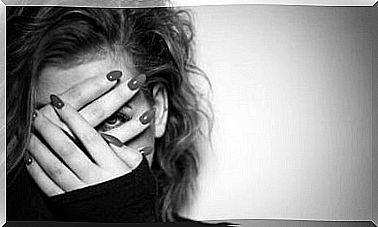The Macabre Science Optography From The 19th Century
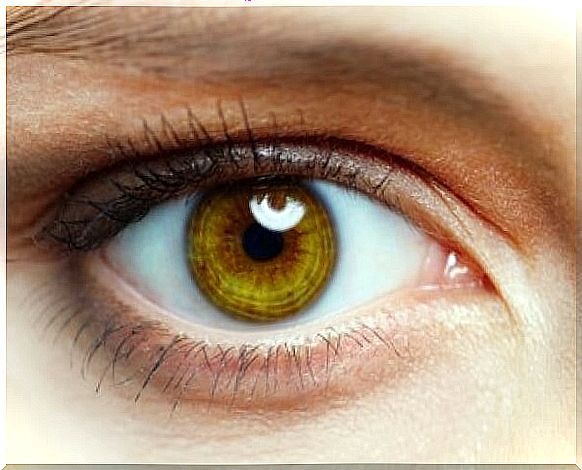
The 19th century was one of the most interesting periods in modern history. Social movements, industrialization, increased schooling, and scientific advances led to many innovations and changes. At the same time, this combination also provided redress for many strange notions and scientific experimentation, including the science of optography.
The people of that time had an enthusiastic interest in life after death, as in the Sherlock Holmes books, and Jack the Ripper, one of the world’s most famous serial killers ever. Thus, it is not surprising that this period created some unconventional forensic methods. One of the most famous and controversial was trying to solve cruel criminal acts in the most “modern” way: by restoring the last image from the retina of the victim’s eye before they died.
Although this idea may seem very absurd now, keep in mind that in the late 19th century, society respected photography. Many considered it exotic, mysterious and even magical. In this context, it is not surprising how some enthusiastic specialists decided to create a photography-based science.
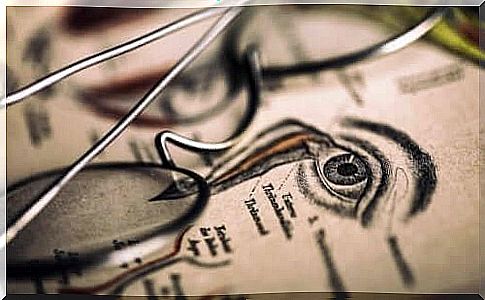
What is the science of optography?
The word optography is derived from two Greek terms: Opto (from Greek “visible”) and grapho (“writing”). Academics at the University of Heidelberg in southwestern Germany were the first to use the term in 1877.
A physiology professor named Wilhelm Friedrich Kühne was the first to coined the term. An original theory from his colleague, Franz Christian Boll, was what first aroused his interest in the subject. The physiologist argued that there was a pigment inside the retina that faded in the sun and reappeared in the dark.
This discovery opened the door to a new world of hypotheses and theories that promised to revolutionize forensic science. Kühne was sure that optography would help reveal the killer’s identity by simply analyzing the victim’s retina. The latest image taken on the retina could provide clues that investigators needed to find the criminal. All they had to do was pull out the retina and preserve the last image with the right chemicals.
The monk Cristopher Schiener was in fact the first person to analyze an optogram (the name the performers gave the images) over a hundred years earlier. The monk dissected a frog when he discovered that the last image before the dead was “preserved” on the frog’s retina. This discovery had a profound effect on the monk and laid the groundwork for this controversial practice.
The atrocities of innovation
Although Kühne’s intentions may have been good, his methods were not. He used some morally dubious, cruel and rather macabre techniques in his research. Kühne did not seem to have any qualms about his work. After all, optography changed the world!
Kühne used small frogs and rabbits for his experiments. He forced them to look at extremely bright light for long periods and then chopped off their heads.
He quickly removed their eyes and placed them in a dark, closed room. There he cut out their retinas and stuck the known pigment in a chemical solution to preserve it.
These atrocities would not have been so common if the experiments had not been more or less successful. Kühne performed his most famous experiment on a rabbit. He apparently managed to capture the rabbit’s last image of a window perfectly.
Kühne killed countless animals for his experiments in the science of optography. Today, many would be quick to oppose these actions. But at this time there were so many important innovations in medicine and biology that few thought of animal cruelty or animal suffering.
Human experiments
In 1880, Kühne was able to fulfill his greatest wish. Executioner at a local jail beheaded a prisoner accused of killing an entire family. This allowed Kühne to experiment with human retinas for the first time.
Kühne argued that the result of the pigment analysis revealed a picture of the guillotine. Some of his peers rejected his claim. They thought it could be a different picture. Still, his original idea eventually won.
A year later published Kühne a book called Observations of Anatomy and Physiology of the Retina (Observations of the anatomy and physiology of the retina in Norwegian ) . In this he argued that his experimentation was successful. Unfortunately for Kühne, there was no scientific evidence for his claims.
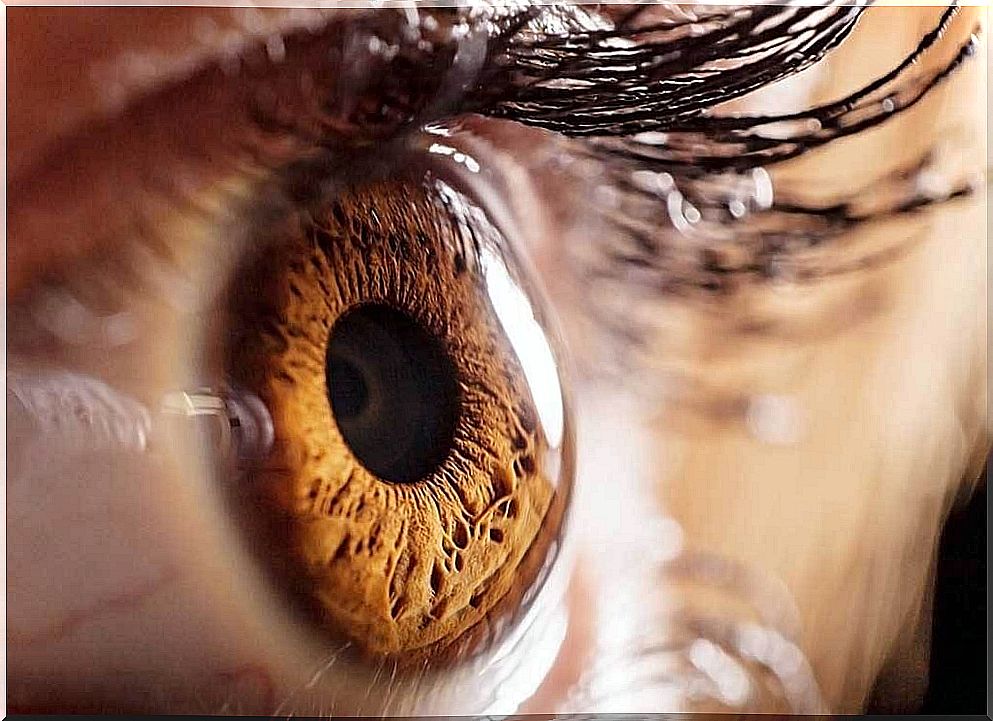
The evolution of the science of optography
Finally, the lack of supporting evidence led forensic scientists and police to stop using optography to solve crimes. But this did not stop the theory from becoming an urban legend that captured the imagination of the public for years.
The myth of optography has inspired countless books, movies and TV series. Famous writers such as Rudyard Kipling and Jules Verne have incorporated these ideas into their stories, as well as some well-known TV series such as Dr. Who.
People are fascinated by the macabre and can not resist this guilt-ridden joy. But we are responsible for using our abilities in a sensible and civilized way. After all, the future responsibility for scientific discoveries is in our hands. Science still has many secrets, and humans will not stop discovering them at any cost.
